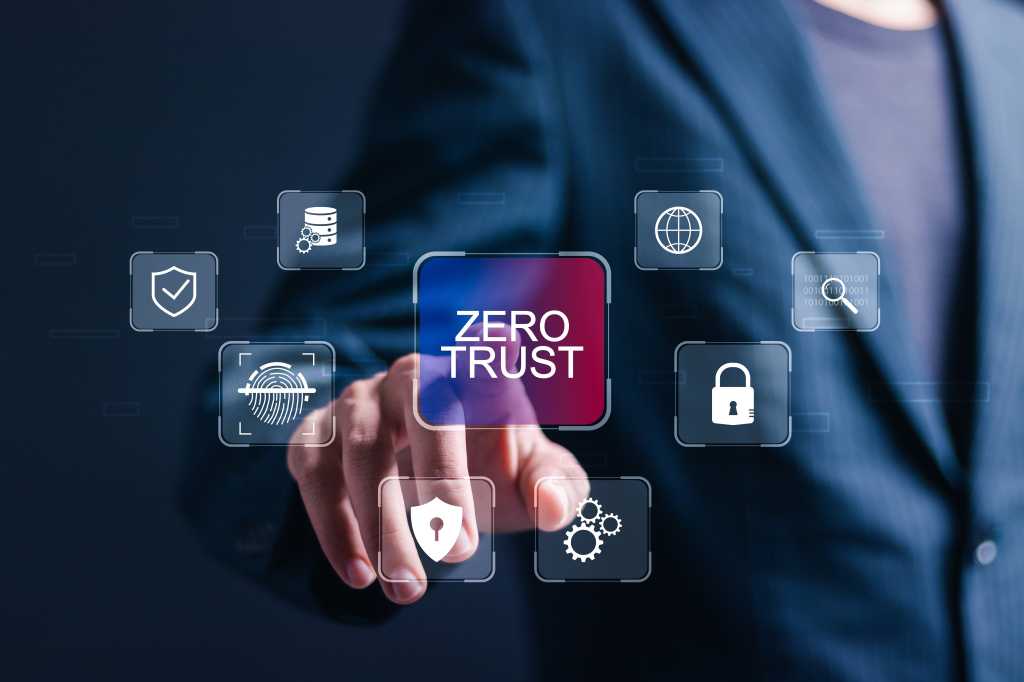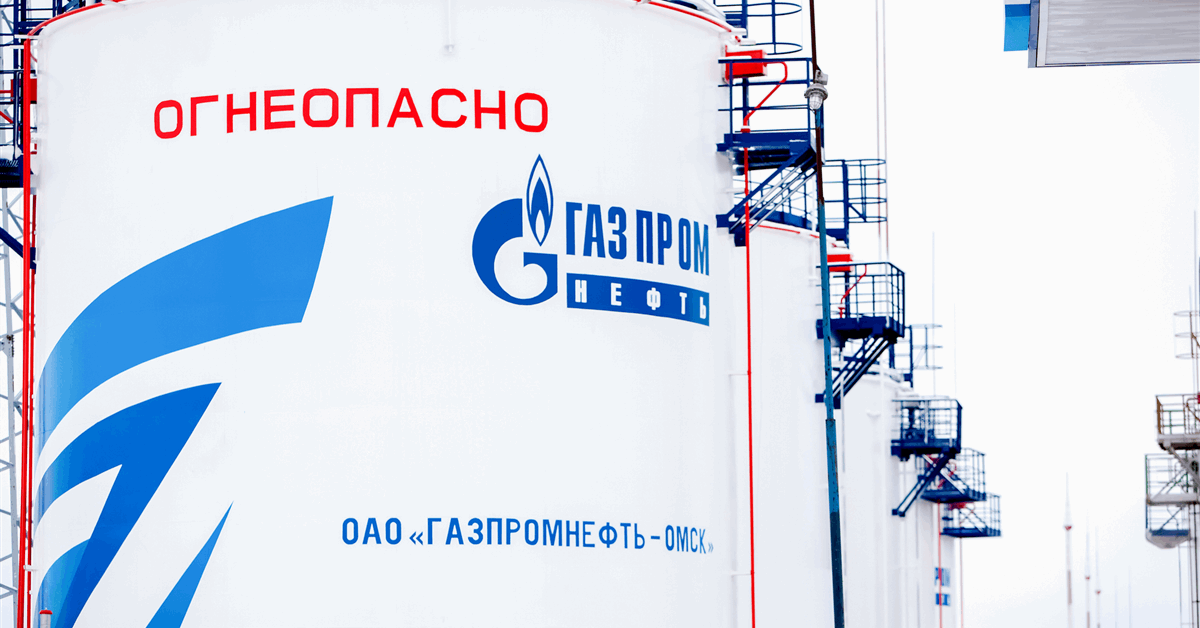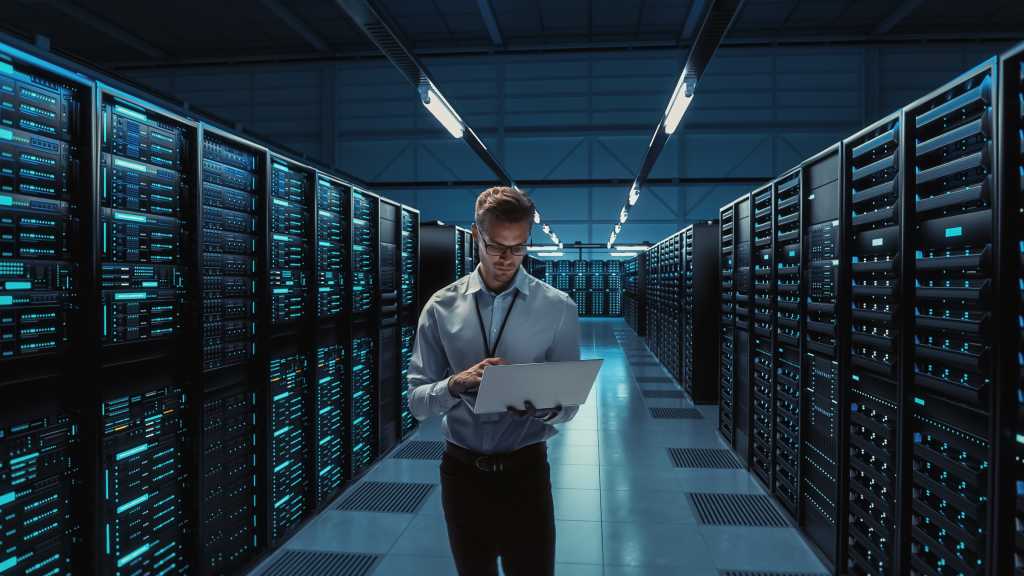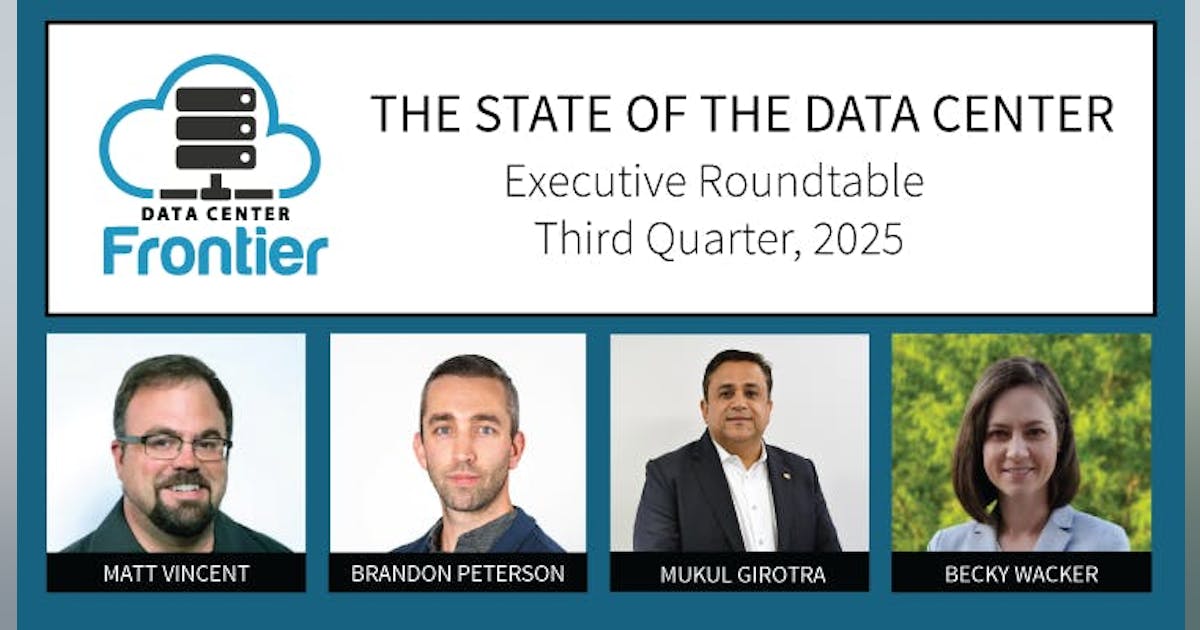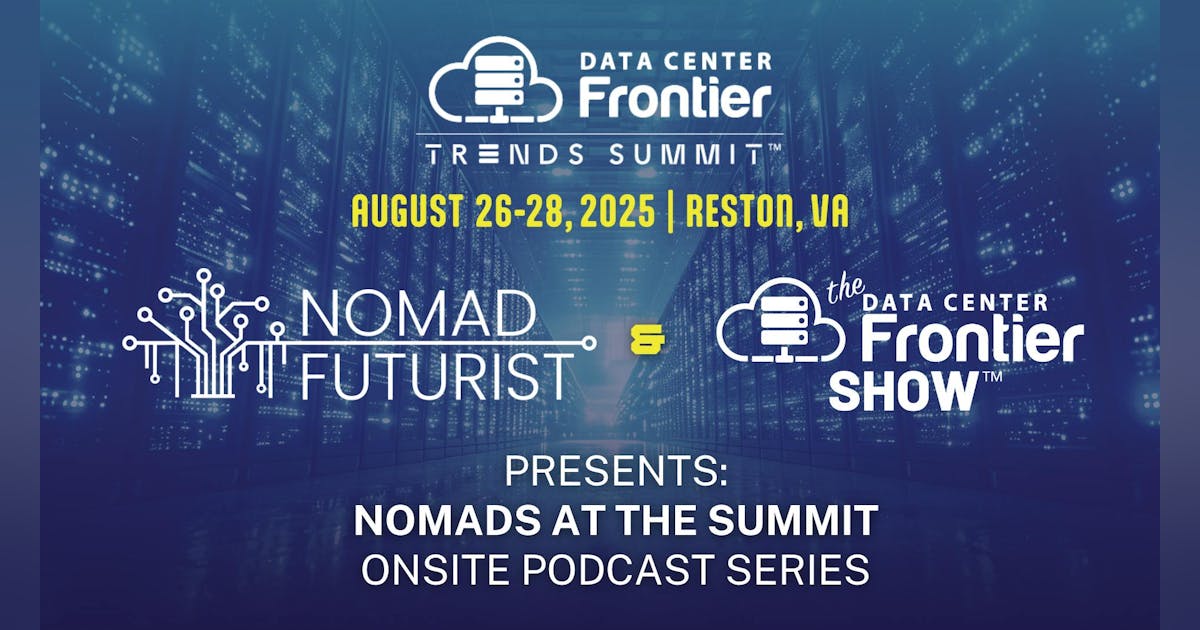Want smarter insights in your inbox? Sign up for our weekly newsletters to get only what matters to enterprise AI, data, and security leaders. Subscribe Now
Large language models (LLMs) have dazzled with their ability to reason, generate and automate, but what separates a compelling demo from a lasting product isn’t just the model’s initial performance. It’s how well the system learns from real users.
Feedback loops are the missing layer in most AI deployments. As LLMs are integrated into everything from chatbots to research assistants to ecommerce advisors, the real differentiator lies not in better prompts or faster APIs, but in how effectively systems collect, structure and act on user feedback. Whether it’s a thumbs down, a correction or an abandoned session, every interaction is data — and every product has the opportunity to improve with it.
This article explores the practical, architectural and strategic considerations behind building LLM feedback loops. Drawing from real-world product deployments and internal tooling, we’ll dig into how to close the loop between user behavior and model performance, and why human-in-the-loop systems are still essential in the age of generative AI.
The prevailing myth in AI product development is that once you fine-tune your model or perfect your prompts, you’re done. But that’s rarely how things play out in production.
AI Scaling Hits Its Limits
Power caps, rising token costs, and inference delays are reshaping enterprise AI. Join our exclusive salon to discover how top teams are:
- Turning energy into a strategic advantage
- Architecting efficient inference for real throughput gains
- Unlocking competitive ROI with sustainable AI systems
Secure your spot to stay ahead: https://bit.ly/4mwGngO
LLMs are probabilistic… they don’t “know” anything in a strict sense, and their performance often degrades or drifts when applied to live data, edge cases or evolving content. Use cases shift, users introduce unexpected phrasing and even small changes to the context (like a brand voice or domain-specific jargon) can derail otherwise strong results.
Without a feedback mechanism in place, teams end up chasing quality through prompt tweaking or endless manual intervention… a treadmill that burns time and slows down iteration. Instead, systems need to be designed to learn from usage, not just during initial training, but continuously, through structured signals and productized feedback loops.
2. Types of feedback — beyond thumbs up/down
The most common feedback mechanism in LLM-powered apps is the binary thumbs up/down — and while it’s simple to implement, it’s also deeply limited.
Feedback, at its best, is multi-dimensional. A user might dislike a response for many reasons: factual inaccuracy, tone mismatch, incomplete information or even a misinterpretation of their intent. A binary indicator captures none of that nuance. Worse, it often creates a false sense of precision for teams analyzing the data.
To improve system intelligence meaningfully, feedback should be categorized and contextualized. That might include:
- Structured correction prompts: “What was wrong with this answer?” with selectable options (“factually incorrect,” “too vague,” “wrong tone”). Something like Typeform or Chameleon can be used to create custom in-app feedback flows without breaking the experience, while platforms like Zendesk or Delighted can handle structured categorization on the backend.
- Freeform text input: Letting users add clarifying corrections, rewordings or better answers.
- Implicit behavior signals: Abandonment rates, copy/paste actions or follow-up queries that indicate dissatisfaction.
- Editor‑style feedback: Inline corrections, highlighting or tagging (for internal tools). In internal applications, we’ve used Google Docs-style inline commenting in custom dashboards to annotate model replies, a pattern inspired by tools like Notion AI or Grammarly, which rely heavily on embedded feedback interactions.
Each of these creates a richer training surface that can inform prompt refinement, context injection or data augmentation strategies.
3. Storing and structuring feedback
Collecting feedback is only useful if it can be structured, retrieved and used to drive improvement. And unlike traditional analytics, LLM feedback is messy by nature — it’s a blend of natural language, behavioral patterns and subjective interpretation.
To tame that mess and turn it into something operational, try layering three key components into your architecture:
1. Vector databases for semantic recall
When a user provides feedback on a specific interaction — say, flagging a response as unclear or correcting a piece of financial advice — embed that exchange and store it semantically.
Tools like Pinecone, Weaviate or Chroma are popular for this. They allow embeddings to be queried semantically at scale. For cloud-native workflows, we’ve also experimented with using Google Firestore plus Vertex AI embeddings, which simplifies retrieval in Firebase-centric stacks.
This allows future user inputs to be compared against known problem cases. If a similar input comes in later, we can surface improved response templates, avoid repeat mistakes or dynamically inject clarified context.
2. Structured metadata for filtering and analysis
Each feedback entry is tagged with rich metadata: user role, feedback type, session time, model version, environment (dev/test/prod) and confidence level (if available). This structure allows product and engineering teams to query and analyze feedback trends over time.
3. Traceable session history for root cause analysis
Feedback doesn’t live in a vacuum — it’s the result of a specific prompt, context stack and system behavior. l Log complete session trails that map:
user query → system context → model output → user feedback
This chain of evidence enables precise diagnosis of what went wrong and why. It also supports downstream processes like targeted prompt tuning, retraining data curation or human-in-the-loop review pipelines.
Together, these three components turn user feedback from scattered opinion into structured fuel for product intelligence. They make feedback scalable — and continuous improvement part of the system design, not just an afterthought.
4. When (and how) to close the loop
Once feedback is stored and structured, the next challenge is deciding when and how to act on it. Not all feedback deserves the same response — some can be instantly applied, while others require moderation, context or deeper analysis.
- Context injection: Rapid, controlled iteration
This is often the first line of defense — and one of the most flexible. Based on feedback patterns, you can inject additional instructions, examples or clarifications directly into the system prompt or context stack. For example, using LangChain’s prompt templates or Vertex AI’s grounding via context objects, we’re able to adapt tone or scope in response to common feedback triggers. - Fine-tuning: Durable, high-confidence improvements
When recurring feedback highlights deeper issues — such as poor domain understanding or outdated knowledge — it may be time to fine-tune, which is powerful but comes with cost and complexity. - Product-level adjustments: Solve with UX, not just AI
Some problems exposed by feedback aren’t LLM failures — they’re UX problems. In many cases, improving the product layer can do more to increase user trust and comprehension than any model adjustment.
Finally, not all feedback needs to trigger automation. Some of the highest-leverage loops involve humans: moderators triaging edge cases, product teams tagging conversation logs or domain experts curating new examples. Closing the loop doesn’t always mean retraining — it means responding with the right level of care.
5. Feedback as product strategy
AI products aren’t static. They exist in the messy middle between automation and conversation — and that means they need to adapt to users in real time.
Teams that embrace feedback as a strategic pillar will ship smarter, safer and more human-centered AI systems.
Treat feedback like telemetry: instrument it, observe it and route it to the parts of your system that can evolve. Whether through context injection, fine-tuning or interface design, every feedback signal is a chance to improve.
Because at the end of the day, teaching the model isn’t just a technical task. It’s the product.
Eric Heaton is head of engineering at Siberia.
Daily insights on business use cases with VB Daily
If you want to impress your boss, VB Daily has you covered. We give you the inside scoop on what companies are doing with generative AI, from regulatory shifts to practical deployments, so you can share insights for maximum ROI.
Read our Privacy Policy
Thanks for subscribing. Check out more VB newsletters here.
An error occured.



